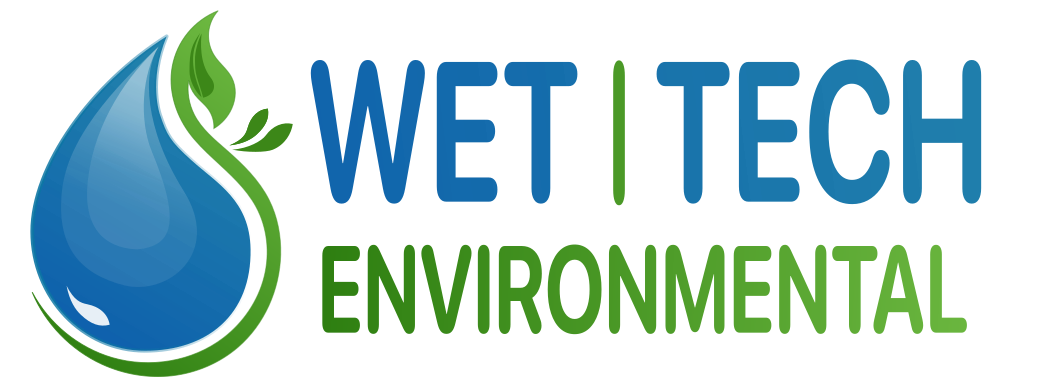
COLD PLASMA TECHNOLOGY
We are all familiar with the three states of matter, solid, liquid and gas. Plasma however is considered the fourth state of matter. Literally gas that is further heated, when this occurs the gas turns into plasma, comprised of a mixture of electrons, charged atoms and neutral atoms.
Cold plasma is a plasma but unlike hot plasma has fewer number of electrons but at higher temperatures, around 10,000 K and also higher number of neutrals at room temperature. Cold plasma can be produced by the provisions of electrical energy to inert gases and can be produced in ambient conditions and in ambient environments, this is why cold plasma is more economical. Two key considerations of cold plasma is a source of high temperature electrons but at ambient conditions (room temperature and pressure). Second – cold plasma when interacting with an open or controlled environment produce many reactive species. Those reactive species can be used for many chemical reactions in different fields of science.
Cold plasma (or non-equilibrium plasma) is the plasma where the temperature of the individual constituents are different from each other. Electrons are at higher temperature (more than 10,000K) and neutral atoms are at room temperature. However, the density of the electrons in the plasma is very low compared to the density of the neutral atoms. In the laboratory, cold plasmas are generally produced by the provision of electrical energy to different inert gases. This can be done at room temperature and at atmospheric pressure. This means that we avoid all the hassles of big costly instruments, making cold plasma technology affordable.
There are two very fascinating things about cold plasma. First, cold plasma is a source of high-temperature electrons at ambient conditions (room temperature & pressure). Second, cold plasma – when interacting with an open or controlled environment, produces many reactive species. Those reactive species can be used for many chemical reactions in different fields of science.
Effective solutions for our purposes include.
- Disinfect water
- Destroy difficult, organic pollutants
- Remove colour and odour
- Reduce COD
The process involves treated water being run through a non-thermal plasma field. This creates strong oxidants from the treated water and surrounding air. These oxidants destroy pollutants and disinfect the water by removing impurities and contaminants. Because of the low heat capacity of cold plasma, the diversity and cost-efficiency provide an effective and economical treatment solution for difficult wastewater treatment requirements.
